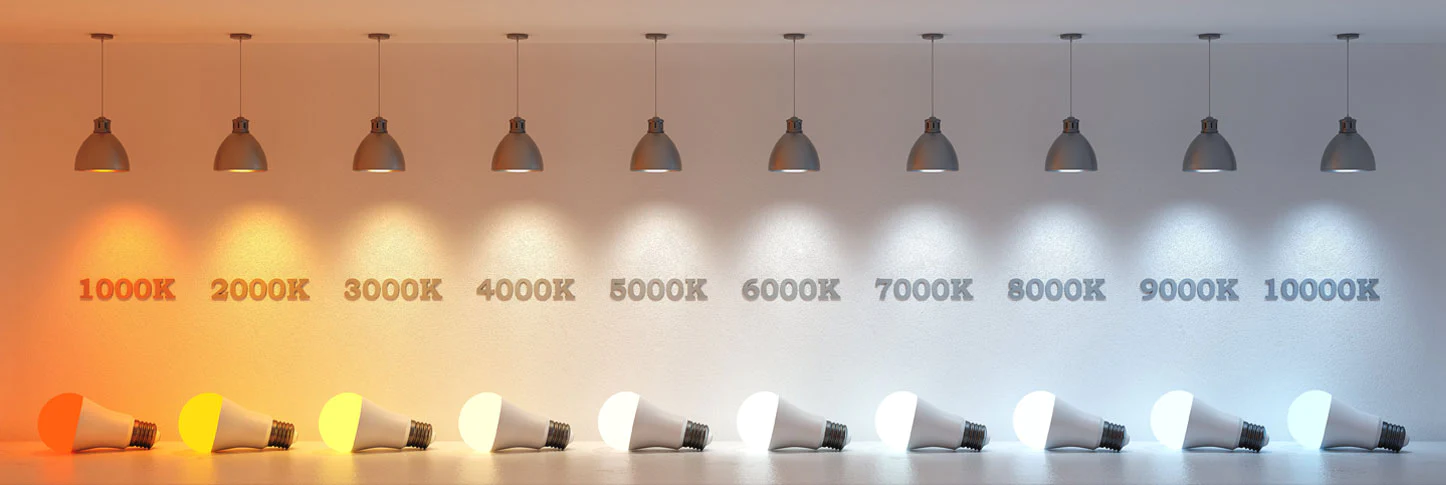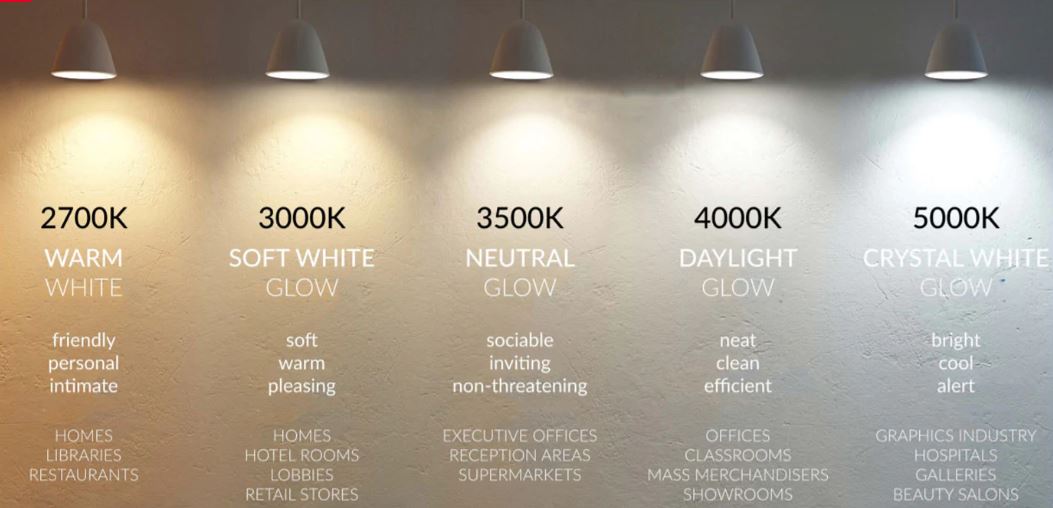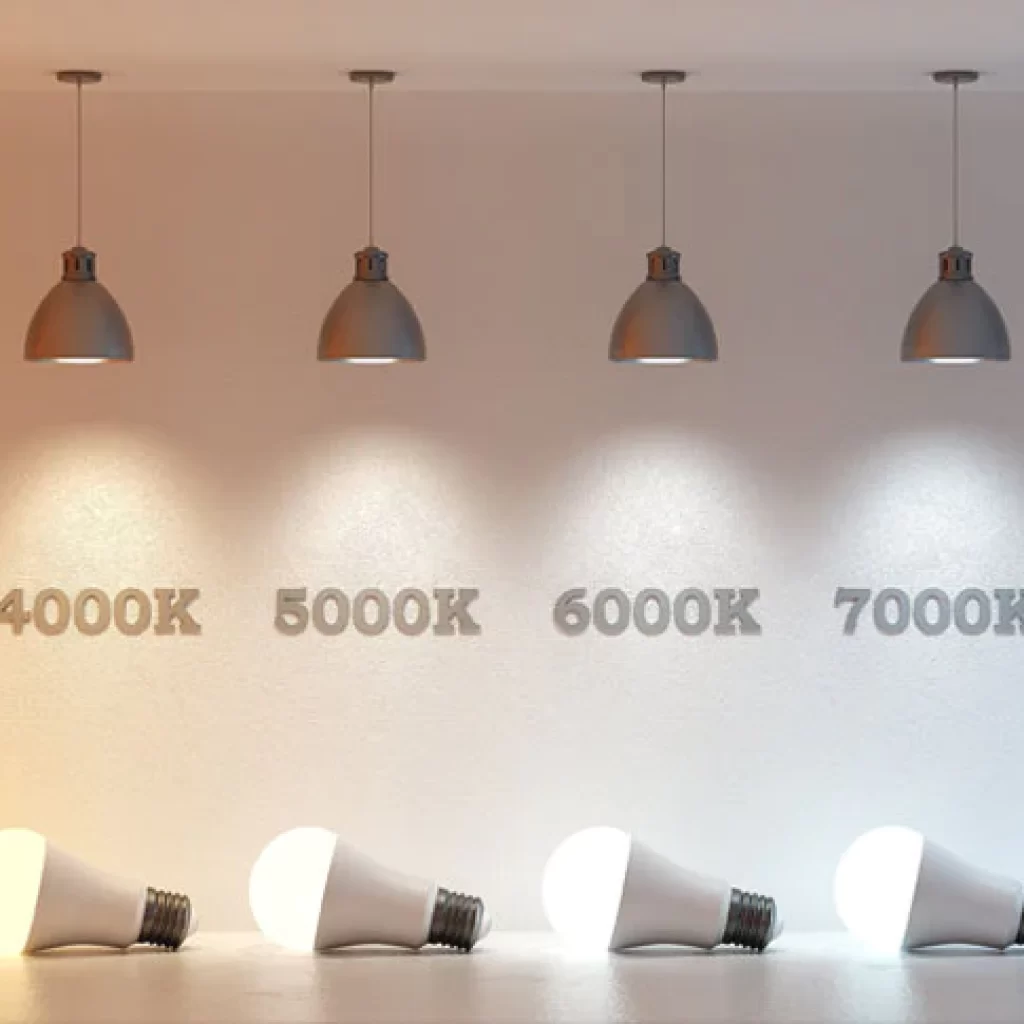When it comes to creating the ideal atmosphere for any space, color temperature in lighting plays a crucial role. One often overlooked aspect of lighting design is color temperature. The color of light can greatly impact the ambiance, mood, and functionality of a room.
Understanding Color Temperature
Color temperature refers to the perceived warmth or coolness of light emitted by a light source. It is measured in Kelvin (K) and typically falls within a range of 1000K to 10000K. The lower end of the scale represents warm or yellowish light, while the higher end signifies cool or bluish light. Color temperature is a fundamental aspect of lighting design, impacting not only aesthetics but also functionality.

Photometric Analysis for color temperature
To ensure the most appropriate color temperature for a lighting project, conducting a photometric analysis is essential. Photometric analysis involves comprehensive measurements and calculations of light distribution, luminance, and illuminance levels. By analyzing this data, designers can make informed decisions about light color and create illumination plans that meet the desired objectives.
Lighting Design – Setting the Mood
Light color directly influences the ambiance of a space. Warmer color temperatures ranging from 2000K to 3000K create a cozy and inviting atmosphere in areas where relaxation and warmth are desired, such as living rooms or bedrooms. On the other hand, cooler color temperatures between 4000K and 6000K promote focus, productivity, and a bright, energizing feel, making them better suited for workspaces, kitchens, and retail environments.

Lighting Calculations
While the light color impacts the visual appeal, it’s crucial to strike the right balance between aesthetics and functionality. Lighting calculations, such as determining the appropriate illuminance levels, are crucial in achieving this balance. Proper calculations based on the specific requirements of the space ensure that the lighting design meets the necessary standards while also delivering the desired color.
Illumination Plans
Creating effective illumination plans involves considering the different lighting requirements of each space within a building. Right light color should be chosen with consideration for the specific purpose of each area. For instance, in a restaurant, warmer color temperatures can evoke a cozy and intimate dining experience, while cooler temperatures in the kitchen area can enhance visibility and cleanliness.
As we’ve discovered, light color plays a significant role in lighting design, impacting the ambiance and functionality of any space. By conducting a photometric analysis, designers can make informed decisions about light color, ensuring that it aligns with the desired objectives. By carefully considering lighting calculations and illumination plans, you can achieve the perfect color temperature for each unique lighting application.
So, whether you’re aiming to create a relaxing haven at home or a productive workspace, remember that choosing the right color temperature is the key to illuminating success!

